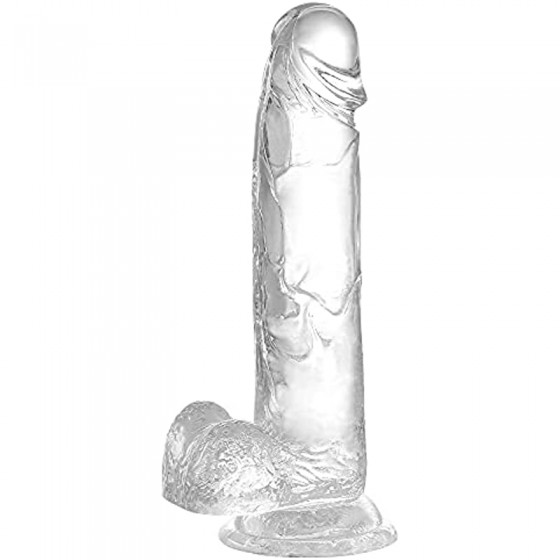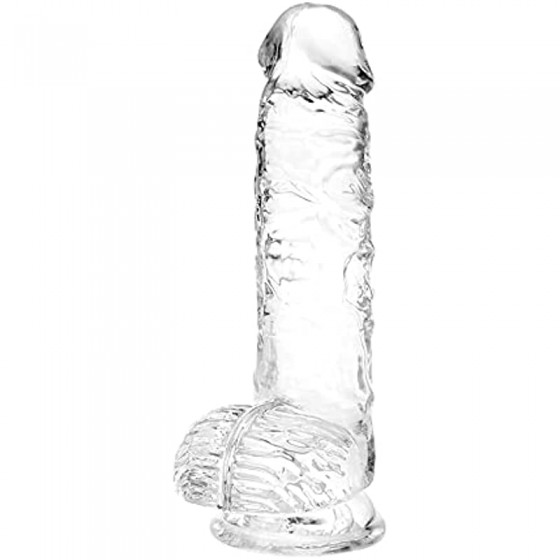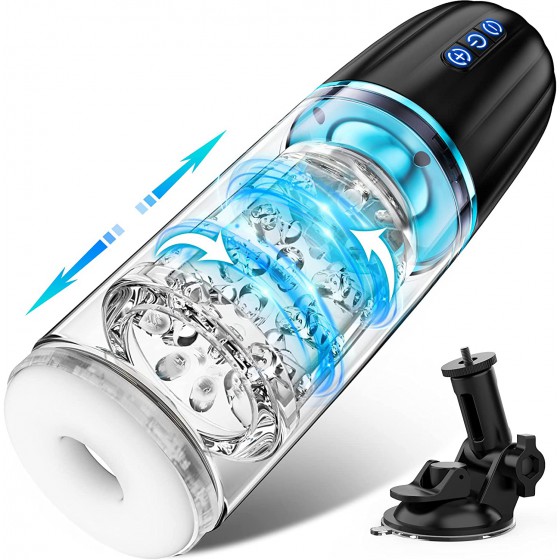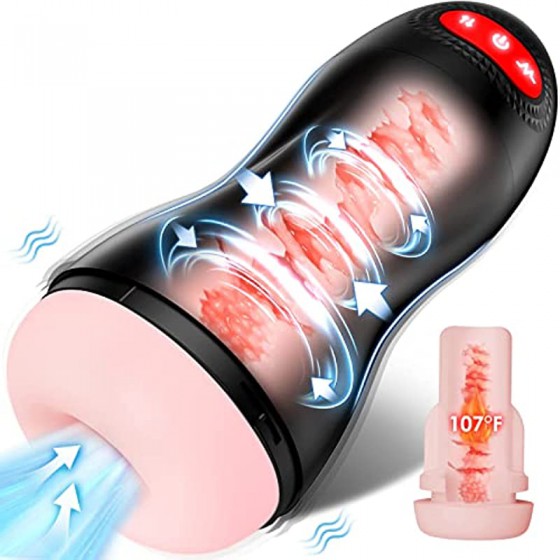What did the most beautiful breasts look like in the eyes of the ancients?
The standard of female breast fitness is strong, soft and elastic. Chinese literati from past dynasties have left descriptions of women’s bodies, hair and skin in numerous literary works. In the eyes of ancient literati, women's breasts have an abstract meaning, but their requirements for the beauty of women's breasts can still be summarized, which mainly include:
1. Plump and plump
Matriarchal society In the novel, primitive humans’ worship of women manifests itself in exaggerated depictions of female breasts. The "Venus of Willenborg" unearthed in Austria and made in the Neolithic Age is a round sculpture; this sculpture is somewhat confusing: first of all, her head, without facial features or face, only some lines that seem to be A symbolic hint to the hair; her body proportions are extremely uncoordinated, her legs are very weak, and her breasts and buttocks are depicted as exaggerated, as if the entire statue is just to show these two huge breasts and breasts. The "Woman Holding a Horn Cup" unearthed in France also has the same tendency. This reflects the primitive people's definition of female beauty at that time, including their understanding of female beauty: the breasts must be big and the buttocks must be fat.
In ancient China, there was also a natural preference for fatness. This is directly related to the ancient Chinese people's belief in the beauty of the entire human body. For example, "The Book of Songs·Zepei" once wrote: "There is a beautiful person, huge and roll-like. ... There is a beautiful person, huge and graceful." There is another such word in the "Dazhao" chapter of "Chu Ci" Describing beauty: "full of bones and little flesh", "cheeks leaning against the ears", with few and thin bones but a lot of flesh, so that a double chin appears; naturally, there is no doubt that the beauty has plump and plump breasts. In the Tang Dynasty, the grand "Tang Dynasty atmosphere" dominated everything, and beauty also regarded plumpness as beauty. Yang Yuhuan, the imperial concubine of Emperor Xuanzong of the Tang Dynasty, is a typical fat beauty. She is also known as one of the "Four Beauties" in China, and is said to be "fat around the body". The beauties of the Tang Dynasty were not only plump, but also had plump breasts. Women also liked to wear low-necked clothes to reveal their plump breasts. Of course, ancient China did not always advocate plump and plump body shapes. For example, the "Picture of Women's History" painted by Gu Kaizhi during the Eastern Jin Dynasty shows the recognition of the "thin and clear" image of women in the Wei, Jin, Southern and Northern Dynasties; however, It can be seen from the painting that the beauty's breasts are still plump, and the curves are closer to the graceful figure pursued by modern women.
During the Song, Yuan, Ming and Qing dynasties, the fashion of the times changed drastically, with the pursuit of being thin, delicate, and skinny. The image of the frail Lin Daiyu in "A Dream of Red Mansions" is highly praised, but it is not enough to represent the entire ancient society's views on breast beauty; Zhu Yizun used the word "Wufeng" in the above words to describe women's breasts. Since mountain peaks can be used To describe breasts, it shows that he thinks beautiful breasts are not as flat as the palm of your hand. The poem "Qinyuanchun·Beauty Breasts" written by Dong Yining of the Qing Dynasty also praises the fullness of women's breasts. "When you talk about crispness, don't praise your hair. The jade and pearls are rounder than before." , But the grave is overflowing with wealth and gradually the desire is high." In many countries in the West, there have been periods when flat chests were regarded as beautiful. For example, the Puritans forced women to wear corsets to make their breasts look flat and give them a fresh and childish outline; in the 17th century, young women in Spain were pressed with lead plates. Chest etc. But just like the advocating for thin and morbid beauty during the Ming and Qing Dynasties, this is not the general trend. The beauty of plump breasts always takes over the mainstream aesthetic trend after thousands of twists and turns.
In modern times, people still regard plumpness as beauty. Zhang Ziping, nicknamed by Lu Xun as a "triangular novelist" who specializes in love triangles or polyamorous love affairs, is one of the founders of the Creation Society. He has many descriptions of women's breasts. The main words used in these descriptions are "expanded", "plump", "towering", "white and fat", and "fat", which are consistent with the ancient Chinese subjective aesthetics. consistent. Mao Dun, a great modern novelist, wrote about Sun Wuyang in "Shake": "The day was very warm, and Sun Wuyang was wearing a light green shirt and skirt; the shirt was probably tucked in, so it showed off the softness of his upper body. The convex part..." The beautiful breasts in Mao Dun's eyes are "protruding", which shows that they are plump. In the 20th century, people's aesthetic requirements for breasts also changed repeatedly. But in the end, plump breasts have always occupied the pinnacle of aesthetics.
To this day, plump breasts are still the favorite of many women, which is closely related to the aesthetics of breasts since ancient times. The increasingly popular breast augmentation surgery is greatly influenced by this aesthetics.
2. White and pleasant
In China, white has always been favored by people. In ancient times, a very important requirement for beautiful women was to be white. In many literary works, we can find sentences that directly or indirectly use "white" to describe beautiful women. For example, in "Nineteen Ancient Poems", "Slender hands come out of plain hands", "The bright wrists roll up the gauze", "Beads ring around the plain wrists", "Slender hands spread out", and "The plain wrists are unevenly lifted" all praise women. The "prime" and "hao" are the characteristics of "white". Furthermore, a large number of words such as "skin as ice and snow", "skin as snow", "skin as gelatin", "white teeth", etc. all use "white" as a characteristic of women's beauty. What’s more, during the Wei, Jin, Southern and Northern Dynasties, men also regarded white skin as beautiful. He Yan's complexion was extremely pale, and he was said to be "Fu Fan He Lang". "White" skin has indeed led the trends of the times.
The chest is a part of the entire human body. In ancient times, the skin of the chest was also considered beautiful. Zhu Yizun said in "Qinyuan Chun·Ru": "The breasts are vaguely blue, the hair is even, and the fat is fragrant." The word "fat" in one sentence not only expresses the plumpness of the breasts, but also contains the "whiteness" of the breasts. " meaning. Even in "Journey to the West", which hardly describes the female body, in the 72nd chapter where Sun Wukong sees the female fairies taking a bath, it says: "Unbutton your buttons and untie your belt." "The chest is as white as silver, and the jade body is as thick as snow." The word "white" is directly written here; in addition, the word "su" also has a profound meaning: "su" is a cheese product made from cow's milk. , naturally white; "crispy" also means "crunchy" and "soft", and it also makes people feel the texture of breasts. In the poem "Gifts on the Banquet", Han Xie describes the fragrant and tender whiteness of a woman's neck with the sentence "the fragrant fragrance hangs from the temples and the clouds cover the lotus root", and then goes on to write "the pink orchid chest is covered with snow and plum blossoms" Women's breasts are white, fragrant and soft. Dong Yining's "Qinyuan Chun·Beauty's Breasts" of the Qing Dynasty also contains the sentence: "I am surprised that the shadows are slightly caged, and the snowdrifts are shining." The words "prime" and "snow" are also used to describe the whiteness and pleasantness of the breasts. Another example is that in many of Zhang Ziping's novels describing women's bodies, he repeatedly used adjectives such as "snow-white" and "white and fat", or used "snow-white breasts" and "white and tender breasts" to describe women's breasts. Modern literature writer Yu Dafu once wrote a short story "Sinking", in which there is a paragraph describing the scene where a Chinese student hostage peeped at a Japanese woman taking a bath in the toilet. He was extremely amazed by the woman's body: "Those snow-like breasts! Those fat white thighs! The curves of the whole body!" Isn't this the beauty of the snow-white chest!
Of course, white can reflect the beauty of a woman's chest skin color, but it is not complete. ; White must be matched with other colors and set off with other colors to eliminate a cold and monotonous feeling. The white chest skin should be set off by more gorgeous pink or rose-red nipples, which will be even more icing on the cake. Ancient women not only powdered their breasts, but also painted their nipples with pigments such as rouge to make their breasts more attractive.
Nowadays, snow-white breast skin is still valued by most people; but the dominance of white has been broken, and olive and wheat-colored skin colors have become a fashion. No matter how the aesthetic standards change, the skin color of the breasts must be consistent with the color of the entire body to be beautiful.
3. The aroma is slightly tipsy
Ancient literati often used words such as "the breath is like orchid" to describe beautiful women. Cao Zhi said in "Luo Shen Fu": "The essence flows in the sky, and the face is smooth and jade. The words are not spoken, and the breath is like an orchid. The graceful and graceful appearance makes me forget to eat." The demeanor, appearance, and breath of the goddess are so beautiful, Only in this way can he toss and turn and worry so much that he forgets to eat. Just imagine, no matter how good a woman's other conditions are, if her breath or body odor is foul, it will be unacceptable. In "A Dream of Red Mansions", Xue Baochai's body exudes a sweet smell due to taking "Lengxiang Pills", which is also considered to be a kind of beauty. Jia Baoyu often pestered the girls to eat the rouge on their mouths. I am afraid that in addition to the "obscene" element, he was also attracted by the fragrance of the beauties' mouths. Zhang Jue's "Youxian Cave" in the Tang Dynasty wrote about his intercourse with Shi Niang. One of the things that attracted him was that Shi Niang had the characteristics of "eyes full of flowers and nose cracked by the fragrant wind". There is a poem called "Daytime Sleep" in Han Xie's "Collection of Xianglian". The poem says: "The powder adds to the fragrance and the body is smooth. When I take off my clothes, I can only see the red lower skirt. The fringe is cold when it touches the ice bottle. I feel tired and lean on my pillow. "Pine." Although there is no lack of sexual overtones in the poem, Han Xi tells readers that a woman's "fragrant body" that can emit fragrance has the power to seduce people's soul.
"Smell", on the one hand, is a person's physiological feeling, on the other hand, it is a person's psychological reaction. In ancient times, many women would apply scented powder on their breasts to make their breasts not only whiter in color, but also more fragrant; smelling the fragrance of their breasts was a physiological reaction. Furthermore, even if women in ancient times did not apply powder or other things on their breasts, because breasts are closely connected with sex, they are easily fascinating, intoxicating, imaginative, and swaying; men unconsciously combine their psychological feelings Mistaken for physical sensations.
To be honest, the fragrance is not unique to the breasts, nor is it something innate; however, the fragrance of the breasts was indeed valued by ancient people. To this day, many women still do not forget to add fragrance to their breasts: lightly sprinkle some perfume on the breasts to let them emit a faint fragrance when they tremble slightly.
4. Elastic texture
Tough things often bring about a special sense of beauty: when strong winds pass by, even a thousand-year-old tree may become sparse in branches and leaves, and may be torn and broken; however, the green bamboo not only remains green, but also maintains its body and bones. At that time, not only reverence will arise in your heart, but also a natural sense of beauty will arise from the bottom of your heart. Beautiful women who were good at dancing in ancient times not only had slender waists, but also had to be quite flexible to perform graceful and moving dances. There are historical records that Mrs. Qi was the favorite concubine of Liu Bang, the emperor of the Han Dynasty. "Miscellaneous Notes of Xijing" said that she was "good at dancing with raised sleeves and bent waist", which shows how flexible the waist is.
As a beautiful woman, her skin must be smooth, delicate, tight, and white. Skin without elasticity and toughness will give people an unhealthy feeling, and the beauty will be drastically reduced. If you want to get elastic breasts, you must pay attention to the exercise of the chest muscles.
In ancient poetry, there are also many sentences that describe the beauty of breasts as having elasticity, toughness and texture. In Han Xie's "Gifts on the Table", in the sentence "Pink blue breasts are covered with snow on plum blossoms", the word "snow" not only describes the whiteness of the breasts, but also
conveys a soft feeling, which is a The beauty of texture. "Folk Songs" mostly describe women's bodies in a woman's tone. Among them, "Steamed Buns" writes: "My sister has two meat buns on her chest, and the single gauze shirt reflects her breasts like a crystal ball. As soon as she starts to send hair, she will Like a shopkeeper in A Ding's shop who has a lot of money, he can't afford to be a prostitute." The word does not directly describe the woman's breasts, but uses steamed buns to imply the firm texture of the breasts; this "steamed bun" is not ordinary. The soft, white steamed buns, according to Feng Menglong's annotation at the back: "Qian Gao A Ding, the famous steamed bun shop in Wuzhong." In addition, the words such as "crispy" and "fat" mentioned in the previous article also revealed Produces a soft, elastic and plump texture. Although this elastic texture has a visual component, to a large extent it comes from













